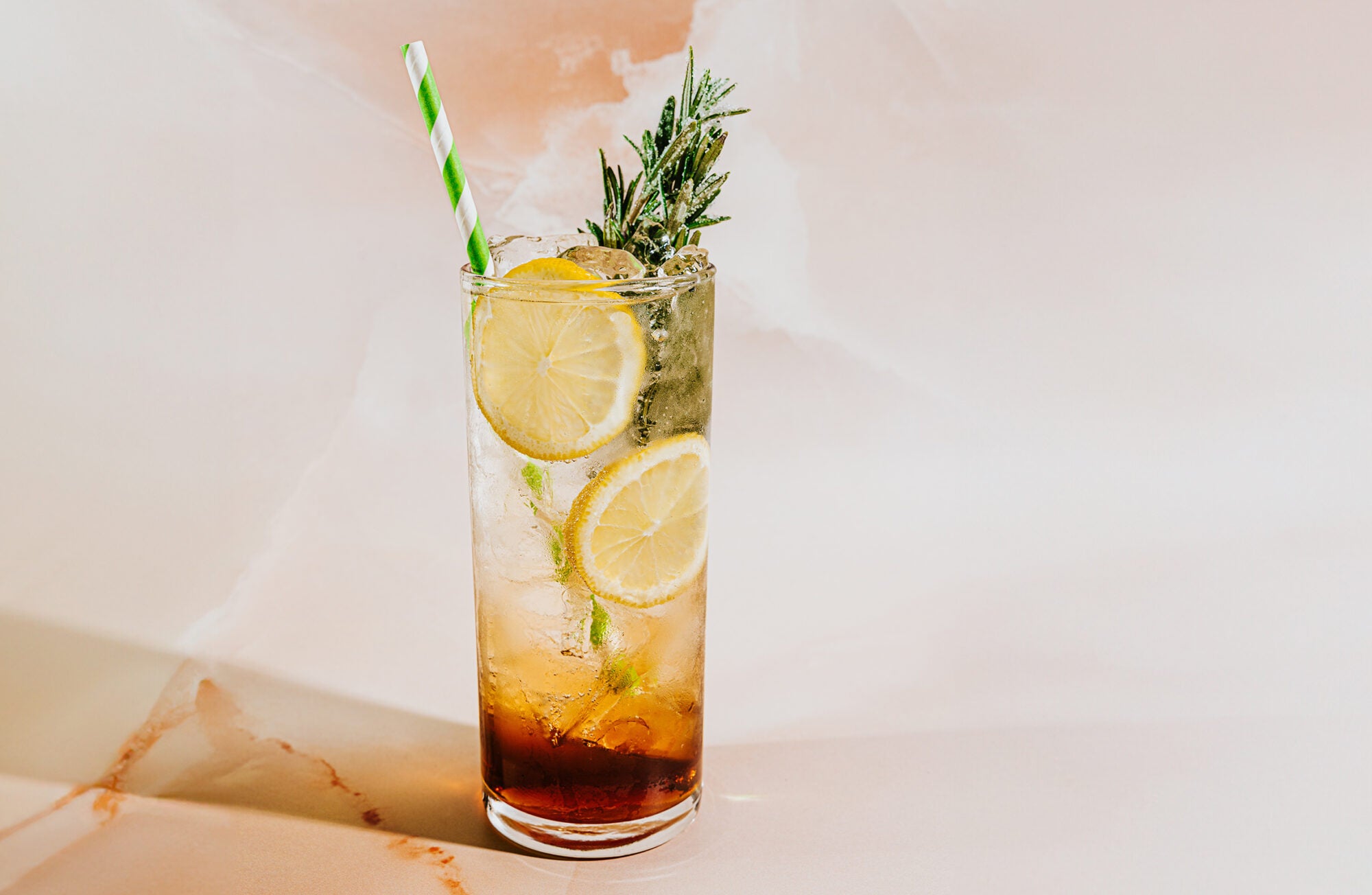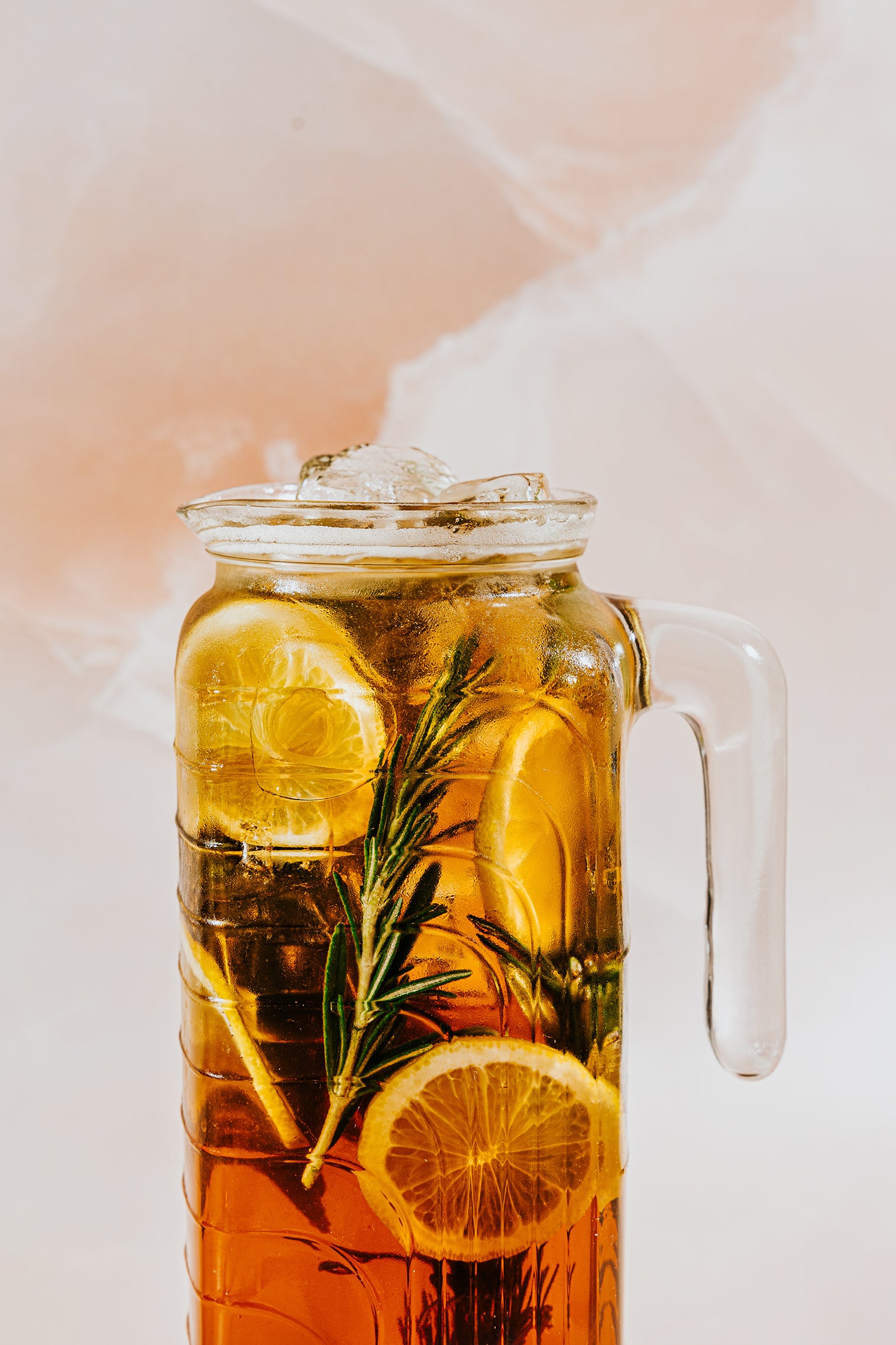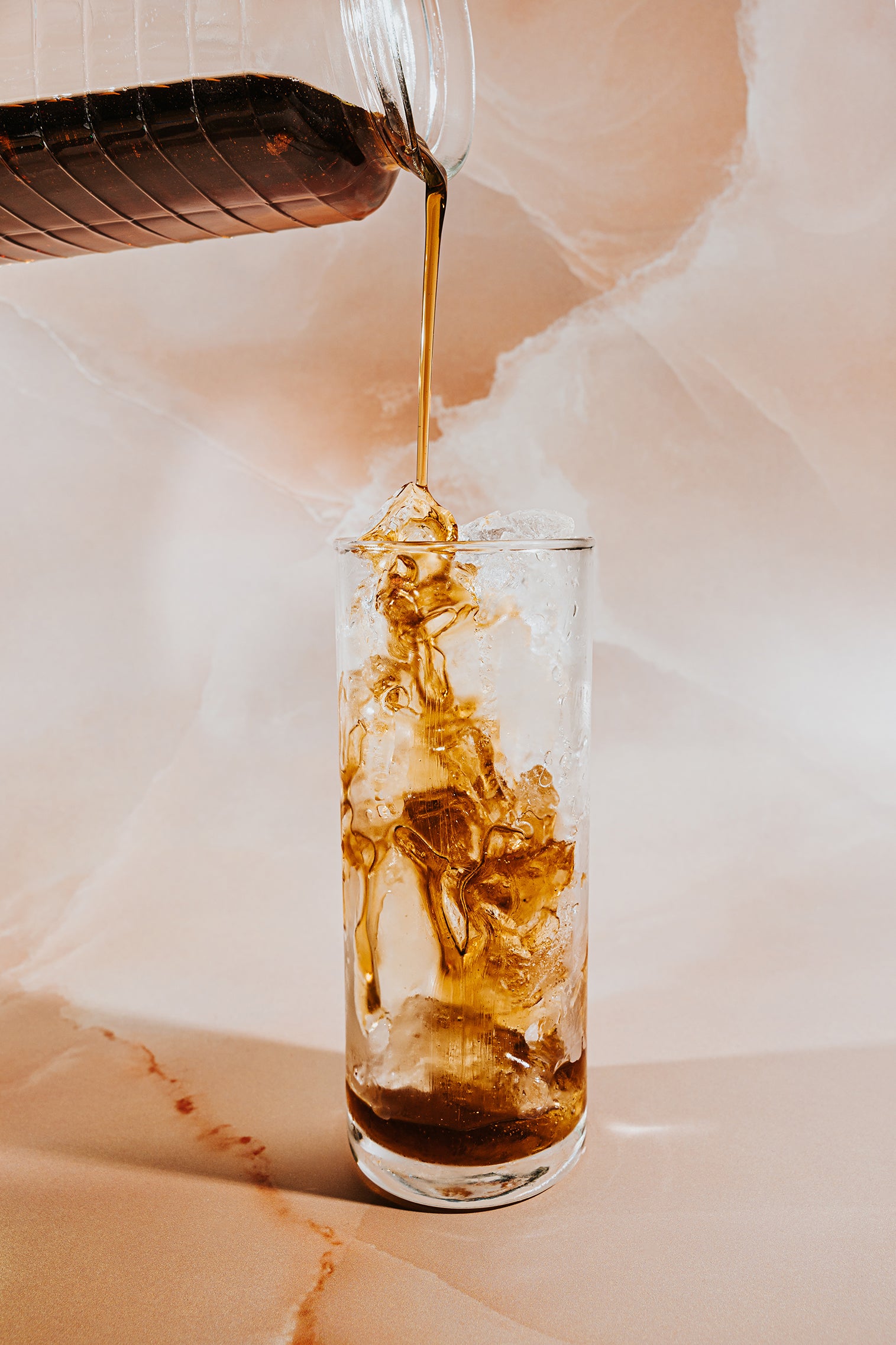
Make syrup, add bubble water, and please enjoy.
Is the humble soda—or “pop,” depending on your whereabouts—the original NA cocktail?
Sure, we’re living in the golden age of zero-proof fine dining in the very here and now, but many smart restaurants have long offered a house soda, often lurking somewhere toward the end of the drinks menu, just past the coffee and tea selections. Sometimes these were delegated for (ahem) younger diners, but savvy drinkers of all stripes have long turned to house-made sodas for a quality-focused way to enjoy the best of the bar program while abstaining from the bar.
Today the house soda is rather in a state of flux. For every barberry blast or preserved black lime loomi soda (like those found at Maydan, in Washington, DC), there is a growing flotilla of spirit-analogue, fresh-fruit-juice, just-whom-are-you-mocking mocktails, springing up like so many wildflowers after winter rain, dotting a place of de rigueur inclusion on the drinks menus of America. Some of these drinks are fine. A few are even good! But none stir my heart like the good old house-made soda, that gleeful invocation of a very good syrup and crisp, fizzy bubble water.
Happily, these are all too fun to re-create at home, and once armed with a battalion of syrups simple, one finds oneself endlessly applying the stuff across the kitchenary realm, from the bar to the braise to the dessert cart. For me, it’s all about undoing orthodoxy, which begins with saying, “Make a simple syrup with equal parts white sugar and water.” Well, why must it be white sugar, for starters? The heavily processed commodified stuff has its place, I suppose, but there is a vast world of sugars out there to play with, each with their own unique flavor, textural characteristics, and provenance. Simple syrup needn’t be so simple.

Another rule of thumb says, “Use club soda.” Club soda, meaning a force-carbonated filtered water of no real distinguishable place of origin, easily replicable and stable. Sounds great—but why must we be so boring? Ours is a world of wonderfully diverse water sources, site-specific mineral waters with weight and texture and something to say, each culinary in their own specific way. A soda made with Gerolsteiner, the ferociously bubbly water of Germany, or Lurisia, a creamy and rich high-TDS water from Italy, can allow the flavors of the syrup to warp and wend most pleasingly.
And about those flavors: must a soda always be, you know, psychedelic orange or traffic-light red, candy-floss pink or neon-eon green? What about a lovely, brooding chartreuse, or a complex and moreish blue? I thought about this while steeping together a wonderfully complex and frankly addictive soda syrup made using Okinawan black sugar (this is the good stuff) and fresh-plucked fronds of rosemary. Where I live, you can’t help but stumble upon it everywhere you go, growing in front-yard gardens in great weeping floral bunches, sprouting lavender buds when at last the spring sun pokes through the Portland rain. A nice big handful—four or five bunches—cooked down for 20 minutes after being brought to a boil in a Dutch oven is all you need.

The resulting syrup will make your entire home smell like rosemary, but the Okinawan sugar imparts a distinctly cola-like flavor and texture to the proceedings. It looks like Fernet-Branca and tastes like garden dew after heavy rain. There is a round floral greenness to it, but also a distinctly earned sweetness that’s hard to neatly describe, other than to assure you it is really great stuff. I like combining it with a high-TDS mineral water—meaning literally high in “total dissolved solids,” the magnesium and sodium and calcium naturally occurring in mineral water.
Brands like Vichy Catalan, Lurisia, and Gerolsteiner are utterly delicious to make sodas with, adding a layer of creamy complexity and texture to the finished drink. If you can’t find those in your area, reach for a Perrier, or try something new, like Rambler, the Austin, Texas–based mineral water that relies on limestone filtration for a refreshingly textured mouthfeel.
Build your drink and toss in a lemon wedge, or a spear of mint, or a squeeze of fresh orange, then watch as the drink instantly changes. A couple dashes of bitters wouldn’t go amiss, either—Bob’s Vanilla Bitters to up the savory ante, or Bitter Queens sarsaparilla to double down on the cola effect—and put the whole thing together in a rocks glass with plenty of cubes. (It would also be lovely with a ton of crushed ice, like at the world’s classiest Sonic Drive-In.) And once you have the syrup, you might find yourself tossing a splash of it over ice cream, or putting a single drop into your next old fashioned, or pouring a tot of it over an all-day braise—anything where a dose of rosemary aromatics would be welcome.
Drinks fads may come and go, but the house-made fancy soda is forever.